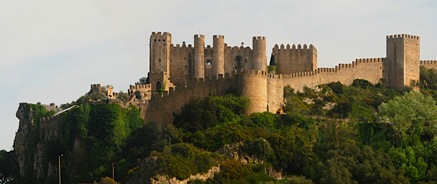A nod… to Dorothy Parker.

Long Branch, New Jersey
Dorothy Parker (1893-1967) was a left-leaning American writer best known for her wit, wisecracks, and sharp eye for 20th century urban foibles. From a conflicted and unhappy childhood, she rose to considerable acclaim—both for her literary output and as a critic in such venues as The New Yorker, Vogue, and Vanity Fair, and as a founding member of the Algonquin Round Table.
Her pointed witticisms and satirical aphorisms live on…
+ + +
The first thing I do in the morning
is brush my teeth and sharpen my tongue.
You can’t teach an old dogma new tricks.
Women and elephants never forget.
Men seldom make passes at girls who wear glasses.
If you want to know what God thinks of money,
just look at the people he gave it to.
The cure for boredom is curiosity.
There is no cure for curiosity.
I like to have a martini,
Two at the very most.
After three I’m under the table,
after four I’m under my host.
I’d rather have a bottle in front of me, than a frontal lobotomy.
You can lead a horticulture, but you can’t make her think.
(when asked to use “horticulture” in a sentence)
The best way to keep children at home
is to make the home atmosphere pleasant,
and let the air out of the tires.
Brevity is the soul of lingerie.
Beauty is only skin deep, but ugly goes clean to the bone.
They sicken of the calm, who know the storm.
Constant use had not worn ragged the fabric of their friendship.
Her big heart did not, as is so sadly often the case, inhabit a big bosom.
Salary is no object: I want only enough to keep body and soul apart.
If you have any young friends who aspire to become writers, the second greatest favor you can do them is to present them with copies of The Elements of Style. The first greatest, of course, is to shoot them now, while they’re happy.



















